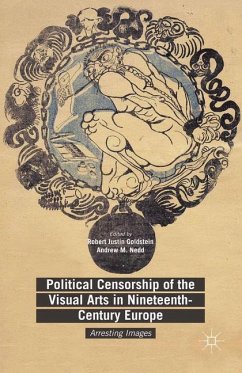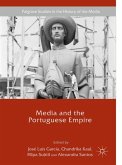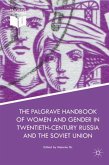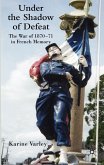In this comprehensive account of censorship of the visual arts in nineteenth-century Europe, when imagery was accessible to the illiterate in ways that print was not, specialists in the history of the major European countries trace the use of censorship by the authorities to implement their fears of the visual arts, from caricature to cinema.
"By the richness and diversity of geographical areas studied, this unique book, seems absolutely essential." (Translated from French, Guillaume Doizy, caricatures&caricature, caricaturesetcaricature.com, September, 2016)
"Goldstein organized the 2010 Italian conference that gave rise to these papers, which examine political and legal attempts to curb the ever-proliferating numbers of visual images in journals, broadsheets, posters, and satirical newspapers following the French Revolution. ... The bibliography is extensive. ... for those interested in governmental attempts to define visual items to censor, regardless of regime, readers will find abundant material. Summing Up: Recommended. All academic levels/libraries." (M. Deshmukh, Choice, Vol. 53 (10), June, 2016)
"Goldstein organized the 2010 Italian conference that gave rise to these papers, which examine political and legal attempts to curb the ever-proliferating numbers of visual images in journals, broadsheets, posters, and satirical newspapers following the French Revolution. ... The bibliography is extensive. ... for those interested in governmental attempts to define visual items to censor, regardless of regime, readers will find abundant material. Summing Up: Recommended. All academic levels/libraries." (M. Deshmukh, Choice, Vol. 53 (10), June, 2016)








